
 A Minnesota PBS Initiative
A Minnesota PBS Initiative
The anti-war movement was made up of men and women of all stripes, including those who'd literally earned stripes serving in the military before joining the cause. Here is a small sampling of protest stories from our Story Wall that encompass the breadth of experience of activists of the time.
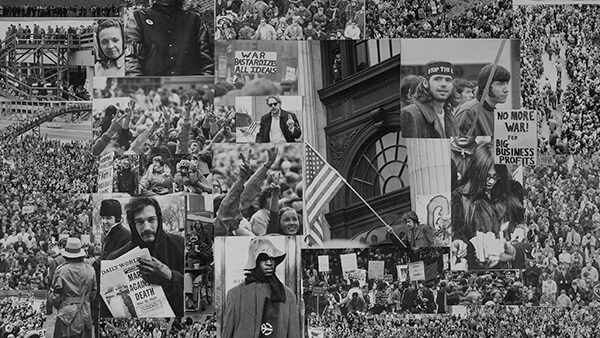
We were students - civilians - that did not participate in the war. We remained in graduate school and finished our degrees. During those years, we participated in protests at University of Minnesota, in Minneapolis and St. Paul marches, and even in Washington, DC. We did not consider ourselves hard core activists but were basically against our involvement in Vietnam.
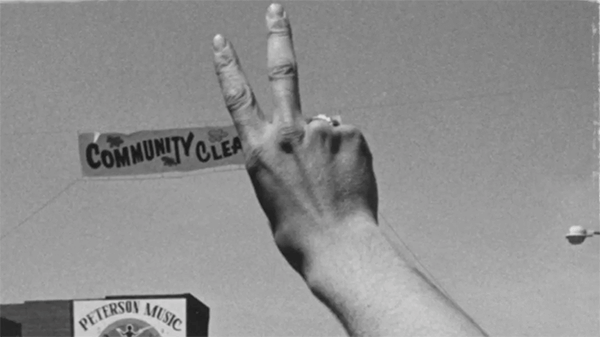
The first quarter that I was on campus, it almost had a high-schoolish feel to it. I mean, all the students were young and lower division. I remember the student senate had proposed a student dress code. Students had visitation hours in the dorm. And then suddenly it was like all of that got swept away.
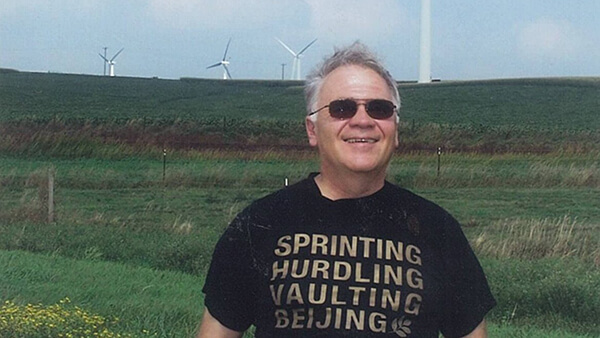
As a jr. high athlete in 1961, I did JFK's 50 Mile Hike, a feat that set me up for excellence in the basic training PT test when I was drafted in 1970. In 2007, when I turned 61, I did a 61 Mile Hike, calling for less war, therefore fewer veterans, and an end to arguing about veteran care, especially mental health and exposure to chemical toxins.
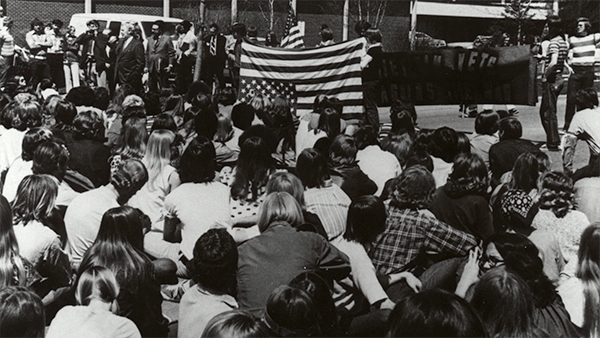
My name is Kim Stenehjem. I live now in Fargo, ND, and in the '70s I was involved in the student anti-war movement. I was a student at what was then Moorhead State College, and I came there from a life as an Air Force brat.

Fight or flight? Grouped together and sitting on a wooden floor in the apartment of a friend, we students all listened intently to the radio broadcast of December 1, 1969. Each birth date was drawn, one at a time, signifying which young men with birth dates from 1944-1950 would be called up for active duty to aid the war in Vietnam.
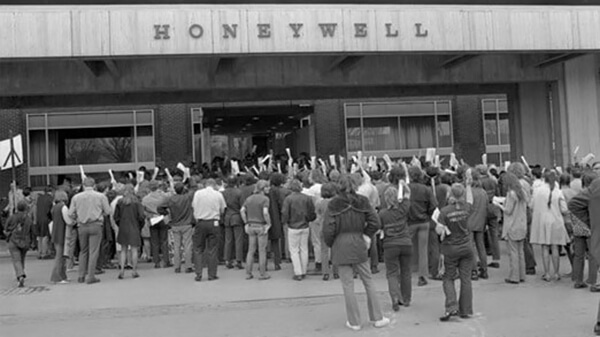
I joined Honeywell in 1965. At that time the company was best known for making thermostats that provided temperature controls. They were considered the leader in the field. But when it became apparent there was big money to be made from the Vietnam war, Honeywell became involved in the arms business and specialized in making fragmentation bombs.

I am a Vietnam War veteran having served for twelve months in an infantry unit as a foot soldier with the 173rd Airborne Brigade. Our units' nickname was "The Herd" and we were sometimes referred to as "Sky Soldiers" as we were also trained as paratroopers.
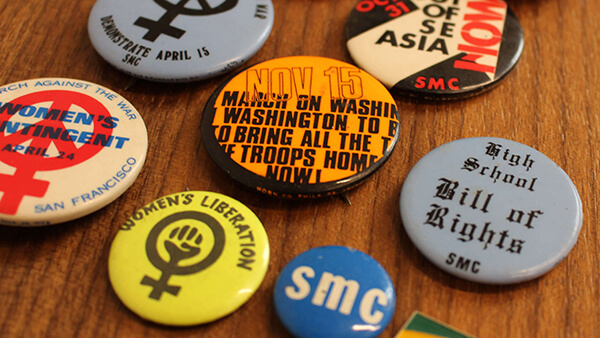
So what I remember and think about when I think about the Vietnam War is that it was a series of discrete events, separate events that combined to make a whole. And each of these buttons really actually has a date on it that talks about a different action- either a march or a strike.
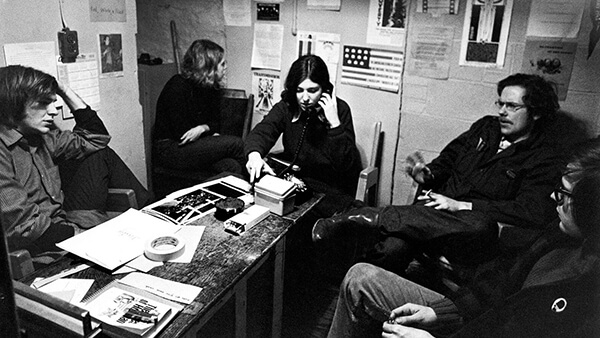
I first became active in the anti-war movement as a student at what was then Mankato State College way back in 1965. As I learned more about why we were really involved in the war, the more involved I became.

I took time to attend the Memorial Day service this past May and I was a little overwhelmed with how many emotions there were still left. My husband is a Vietnam vet and I guess I will say that I was a Vietnam protester.

1965. US death toll in Vietnam this year: 1,863. 1966. US death toll in Vietnam this year: 6,144. 1967... The end of the Vietnam War was powerfully affected by the multiple forms of resistence that were mounted across the country.

When I was at Washburn in ’65, a couple of soldiers came to our Civics Class to explain to the boys our obligation to register for the “draft” when we turned 18. They mentioned deferments, but insisted “Everyone will get drafted. No Exceptions!”
Story Themes: Anti-war Movement, Antiwar Movement, John Trepp, Kim Stenehjem, Larry Johnson, Linda Brown, Linda Domeier, Look, Minnesota 8, Peace, Peace Crimes, Russ Stanton, Stories on a Theme, Student Protest, TPT, Twin Cities PBS, Veterans for Peace